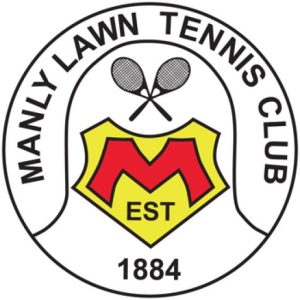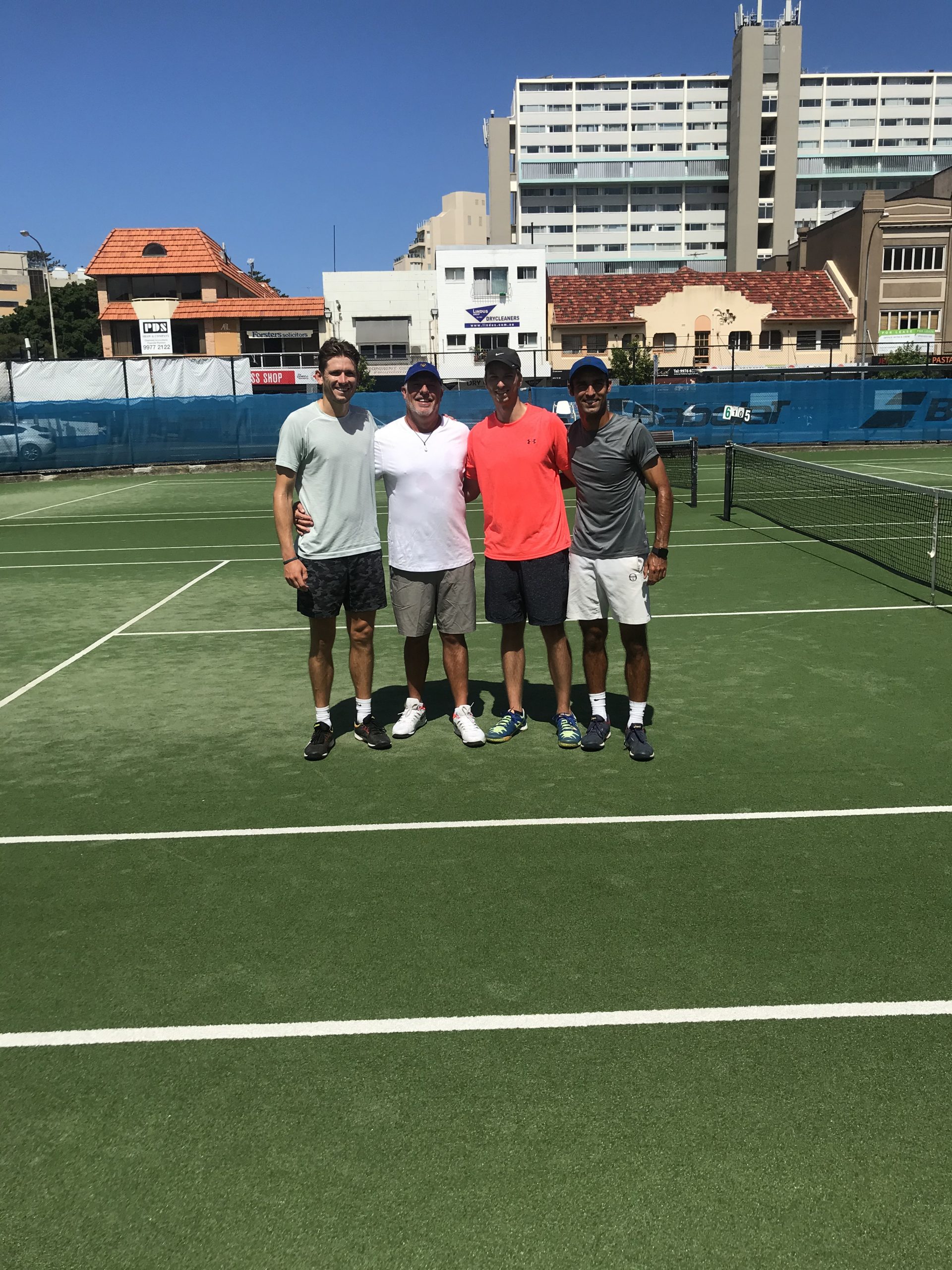The World’s Best Tennis Players Are Serving Balls Into Hotel Mattresses
Two weeks of quarantine is a professional athlete’s worst nightmare.
In the spring, after my beloved, overpriced New York exercise studios closed, one grim “In these unprecedented times” email after another, I did what any aspiring workout enthusiast with a little cash to burn might do: I got out my credit card and I bought monthly subscriptions to three different online classes.
The era of kidding myself that I would actually exercise at home had begun.
I started with a virtual edition of a class I had attended in person. I pushed my bed into the farthest corner of the room, away from the dresser where I’d set up my laptop, freeing up the only six remaining inches of space in which I could move. I lit a candle. I shut the door. I lifted my arms to begin—well, first I paused to check if my neighbor could see me through the window—then I began. A few minutes later, my partner texted from the next room to tell me that I was stomping and breathing loudly enough to make an off-camera appearance on his Zoom call. Also, I was scaring the dog. That was the end of that experiment.
Fortunately for my checking account, my livelihood doesn’t hinge on my performance as an athlete. On January 16, a flight from Doha, Qatar, full of tennis players and their coaches touched down in Melbourne for the Australian Open, one of the four biggest tennis tournaments of the year. Soon after, all of the passengers received an email: Someone on the plane had tested positive for COVID-19. It was the third flight headed to the tournament on which this happened. All the players going to Australia knew that they would encounter a “modified” quarantine protocol, giving them just five hours outside their hotel room each day (strictly choreographed for the athletes to get to and from the practice courts and gym with as little contact as possible). But in light of the coronavirus cases, the Australian government would require everyone on the affected flights to “hard quarantine” for 14 days. No exceptions, including the freedom to leave their hotel room, would be made for the players. After all, Australia’s near elimination of the coronavirus didn’t happen by accident. Seventy-two athletes, 14 days of court-free-tennis fitness to maintain. No hitting partners, no physiotherapy visits, no kidding.
A microcosm of pandemic absurdity was born. Before last week, Google results for “How to train for a Grand Slam in your hotel room” would have turned up empty. Searching that phrase now is to encounter a treasure trove of almost voyeuristic delights. Image upon image is available of some of your favorite players—in living quarters approximately the size of a falsely advertised Manhattan studio apartment—serving balls into propped up mattresses, squat-pressing a leather reading chair, and celebrating negative COVID-19 test results with pizza delivery. The athletes received stationary bikes courtesy of the event organizer, Tennis Australia, to help with indoor cardio. The American player Tennys Sandgren plucked his from the floor and lifted it over his head. Heather Watson, a top British player, completed a 5K by literally running back and forth across her room.
At any hour of the day, the players are on social media, posting about boredom or anxiety, just like the rest of us fed up with quarantine. They get stir-crazy. They stop shaving. The occasional grumbling appears in a fleeting Instagram story, but for the most part, during all of my swiping, I found everyone in admirable spirits, the sheer athleticism of their footwork drills hypnotic. Sometimes the makeshift circumstances can get pretty noisy. “In the beginning, you would hear sounds occasionally, more from players playing video games, but now it’s constant background noise,” Andrea Petkovic, one of the athletes in modified quarantine, told me. “Players hitting balls against the walls, players throwing shit around, players jumping, players running in place. It would be hilarious if you were not about to have a nap but can’t because the person upstairs decided to do their daily workout.”
Other players have dropped the gimmicks for more typical quarantine workouts. The New Zealand player Artem Sitak, set to play doubles in the tournament, arrived in Melbourne on a flight from Los Angeles. After he learned that someone on his flight had tested positive and that he would be stuck in his hotel room for two weeks, he posted a thoughtful video explaining how he’d known the risks of traveling to Australia mid-pandemic. I reached out to Sitak on Instagram to get a sense of his daily routine. His three-hour workouts, which he starts after lunch, sound vaguely like something I would never make it through at a CrossFit gym I would never attend. First, he bikes at high intensity for an hour (admittedly not his favorite activity; he prefers to run). Then he switches to a series of wall squats, lunges, jump lunges, free weights, and medicine-ball and core work. Everything is wrapped up with stretching and foam rolling. And, like most of us, it’s Netflix before bed.
Read: The healthiest way to sweat out a pandemic
I asked Paul Annacone, a former coach to Roger Federer and Pete Sampras, what effect the forced quarantine might have on players. He wasn’t particularly optimistic. “I can’t imagine not hitting a tennis ball, or even not being outside, for 14 days, all within a couple days of playing a professional tennis tournament,” he said. (Annacone now coaches Taylor Fritz, an American up-and-comer who is playing in the tournament but is not one of the 72 players in hard quarantine.)
The Australian Open starts on February 8, so the players currently in their rooms will have more than a week to make the most of their court access once their isolation period is over. But still, two weeks in the lead-up to a Grand Slam without the regular rhythms of daily practice matches and physiotherapy, or fine-tuning responses to a hitting partner’s strokes and movements, is a significant disadvantage. Many professional tennis players pick up their first racket in early childhood—Novak Djokovic and Rafael Nadal both started playing when they were 4 years old—and it’s a reasonable expectation that some may go years or even decades without spending two weeks off the court. Otherworldly talent certainly helps (cue Federer), but for most pros, success is largely the result of consistency and relentless repetition. One tactic to fend off rust, Petkovic suggested, is to play “shadow tennis.” “Either actually take the racket and swing while you imagine hitting balls,” she said, “or just hold it in your hand when you’re rewatching Friends for the umpteenth time. This way the body gets used to it and it won’t feel so foreign once you step on the court.”
The rose-tinted view is that this unexpected period of rest could actually do the players some good. During the 2008 Olympics, in Beijing, the American runner Shalane Flanagan came down with food poisoning and had to forgo training to sleep and rehydrate before the 10,000-meter race. She won the bronze. Not bad. Could there potentially be any benefits to all of this? I posed the question to Rennae Stubbs, the former top doubles player in the world.
“None whatsoever,” she said.
Meanwhile, for those of us without the glory and the glamour of a Grand Slam to train for, we do what we can. A few nights ago, as I hunched forward and scrolled through Twitter for player updates, a flash of movement caught my eye. It was my next-door neighbor jumping up and down in his living room. Burpees. Unmistakable. I squinted, and saw the familiar outline of a pumped-up instructor on his television. At least he was trying.




